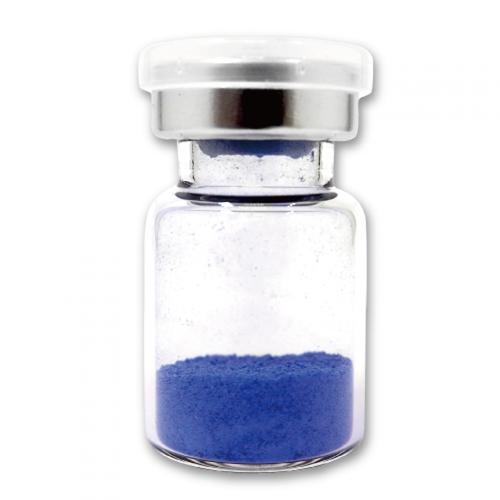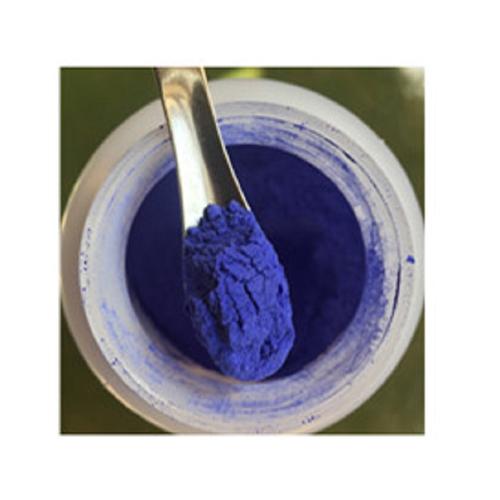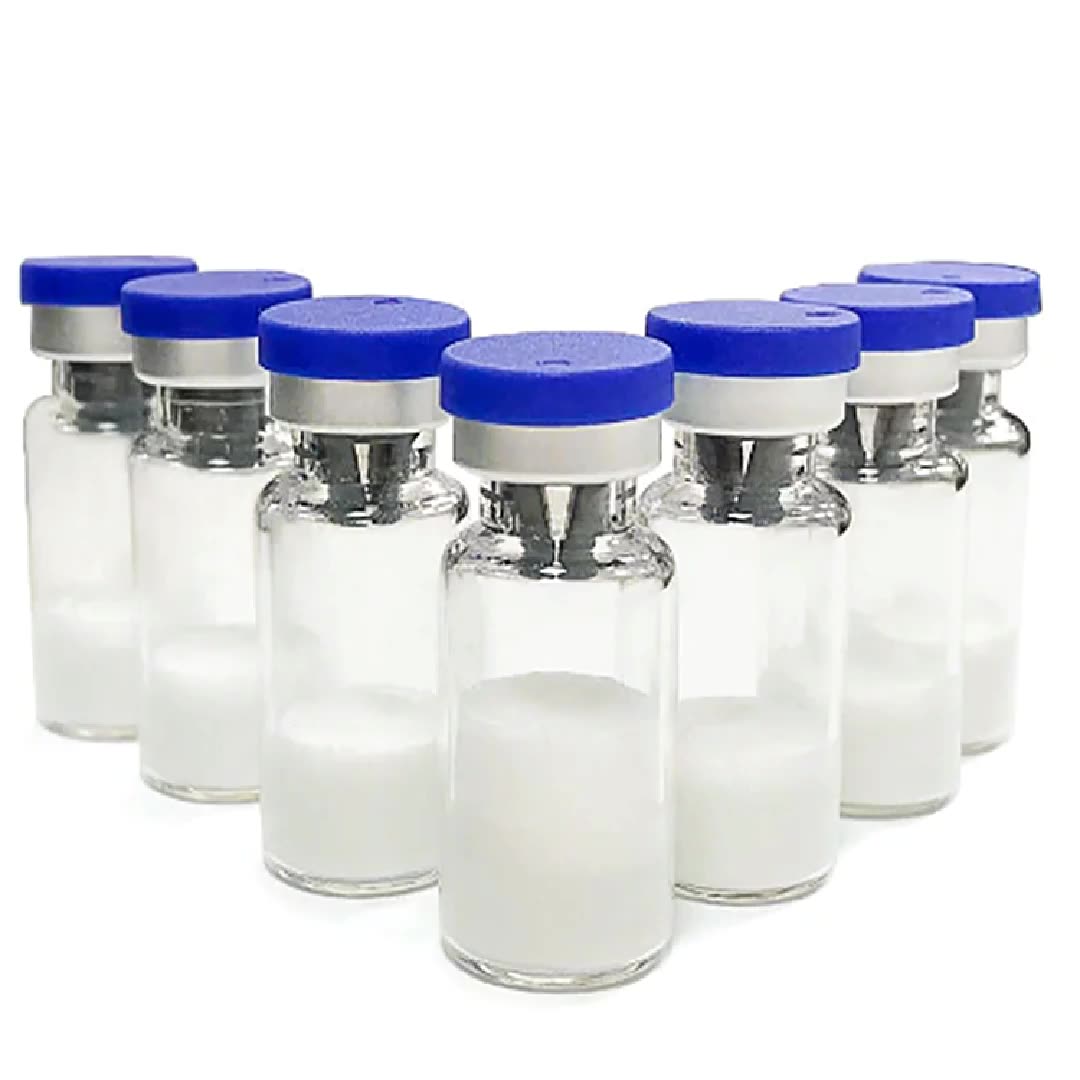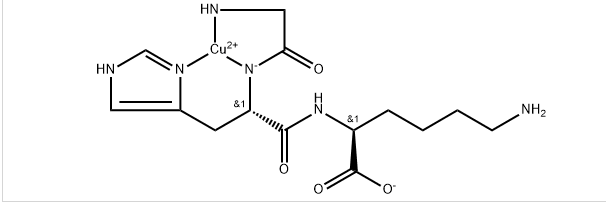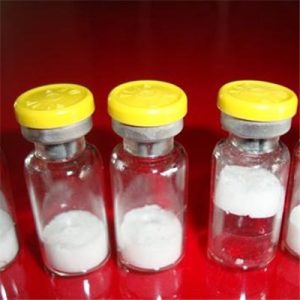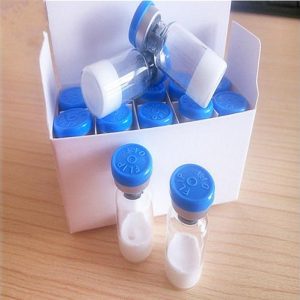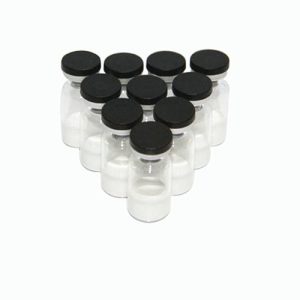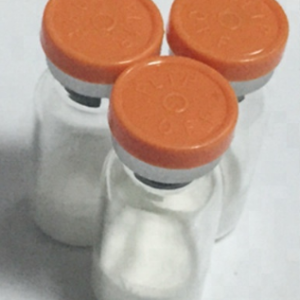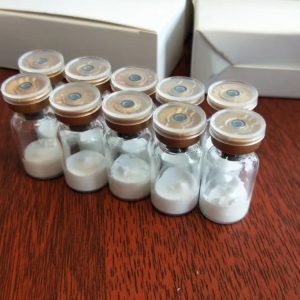GHK-Cu (Copper Peptide) is a tripeptide complex consisting of three amino acids (glycine, histidine, and lysine) and a copper ion, chemically known as tripeptide-1 copper. It occurs naturally in the body’s blood, saliva, and urine, and its concentration in the blood decreases with age, which is directly related to the decline in organ regeneration. GHK-Cu functions by forming a complex with copper ions, a form that is important for maintaining skin health, promoting wound healing, and combating aging.
GHK-Cu functions and actions
Promoting Wound Healing: Copper peptide is able to accelerate the wound healing process by removing existing extracellular proteins through protein hydrolysis and acting as a chemoattractant for inflammatory and endothelial cells, increasing the production of messenger RNA in collagen, elastin, proteoglycans and glycosaminoglycans in fibroblasts.
Anti-aging and anti-wrinkle: Through the combination of GHK-Cu with amino acid complex, GHK-Cu with biochemical effect enters into the cells, exerts physiological functions, increases cell vitality, gradually repairs collagen lost in the body, makes subcutaneous tissues strong, and wounds heal rapidly, and then achieves anti-wrinkle and anti-aging effects.
Promote hair growth: GHK-Cu can promote the proliferation of hair follicles and increase the size of hair follicles, thus promoting hair growth. Studies have shown that GHK-Cu has a significant effect on hair growth in mice, shortening the time of hair growth and increasing the number of hair follicles, and also has a positive effect on the treatment of androgenetic alopecia (AGA) and other types of hair loss.
Moisturizing and Repairing: With age and irregular lifestyle, the body loses substances, leading to signs of skin aging such as dryness, roughness and loss of elasticity, etc. GHK-Cu can effectively stimulate the production of polyglucosamine (GAGs), which are found in the skin and have superior moisturizing and anti-aging effects.
Antioxidant and Cell Protection: As a highly effective antioxidant, GHK-Cu can help reduce the concentration of copper ions in the free state, preventing oxidative damage, while neutralizing toxins, especially those produced during lipid peroxidation, and assisting in cell migration, proliferation, differentiation, and repair of skin cells.
GHK-Cu Dosage and Usage
Since we’re all unique, the ideal dosage might vary from person to person, considering factors like age, lifestyle, and health objectives. Plus, ensuring that GHK-Cu is effectively absorbed and put to good use by our bodies is a puzzle researchers are diligently working to solve.
GHK-Cu Injection Dosage for Hair Growth:subcutaneous injections aiming 0.1% to 1.0% in injectable topical application solutions.
GHK-Cu Injection Dosage for Skin Healing and Rejuvenation: concentrations may range from 0.1% to 1.0%.Micro-needling, a procedure that involves creating tiny punctures in the skin using micro-fine needles, naturally stimulates the body’s wound healing response, leading to increased collagen and elastin production. When GHK-Cu is applied to the skin in conjunction with micro-needling, the theory is that the benefits of both treatments are enhanced.
We have a lot more flexibility regarding topical applications such as creams and serums. At concentrations of 4% for the face and neck, we found that this is gentle enough to support the skin’s natural processes for repair. We opted for a 2% concentration for our eye serum as the skin around the eyes is much more delicate and sensitive to active ingredients.
GHK-Cu Contraindications
Concomitant use of copper peptides should be avoided with the following ingredients:
. Disodium EDTA: This is a common chelating agent with a high chelating capacity for metals and can rob copper ions from Blue Copper Peptide, therefore products containing disodium EDTA should be avoided for concurrent use with Blue Copper Peptide.
. Octanoyl hydroxamic acid: this is a new antiseptic alternative ingredient widely used in newer domestic brands. Although it can maintain an un-ionized state throughout the acidic to neutral range and has an excellent antibacterial effect, it should be avoided for simultaneous use with Blue Copper Peptide to prevent affecting the effect of Blue Copper Peptide.
Acidic and alkaline environments: Products with low pH values or low purity ingredients, such as niacinamide or A-alcohol, which may contain impurities, may react with copper ions and affect the effect of Blue Copper Peptide, so the use of Blue Copper Peptide in these environments should be avoided.
More Introduction:https://en.wikipedia.org/wiki/Copper_peptide_GHK-Cu
